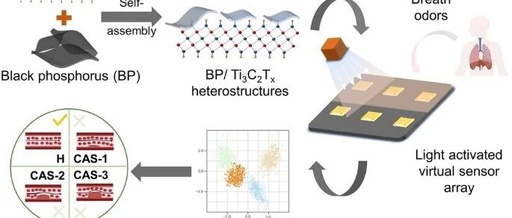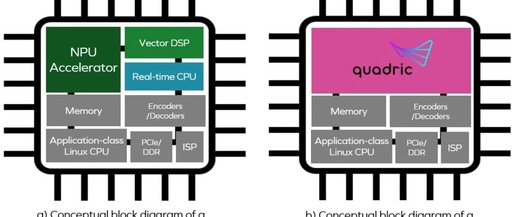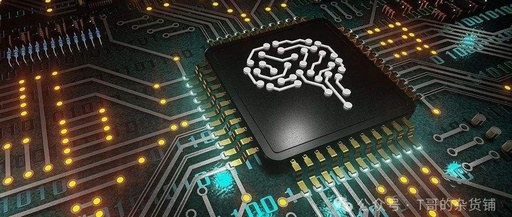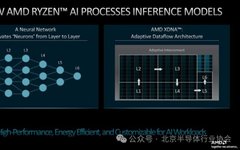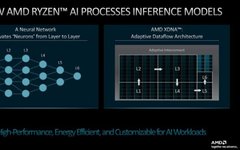Analysis of NXP’s Cross-Industry MCU: i.MX RT700/600/500 MCU Series
NXP’s cross-industry MCU products are positioned as cross-border SoCs that combine the low cost of MCUs with the high performance of MPUs. Let’s explore the architecture of cross-industry MCUs with the guidance of Jingxin. 1. i.MX RT700 Series The i.MX RT700 series features an Arm Cortex-M33 core with a clock speed of 325MHz, HiFi 4 … Read more

